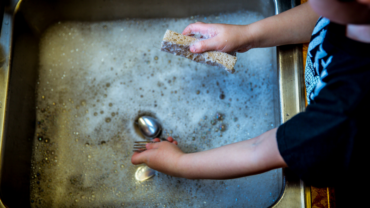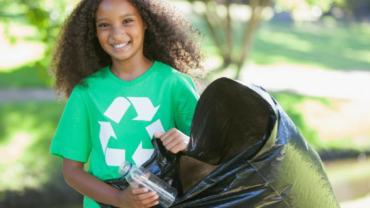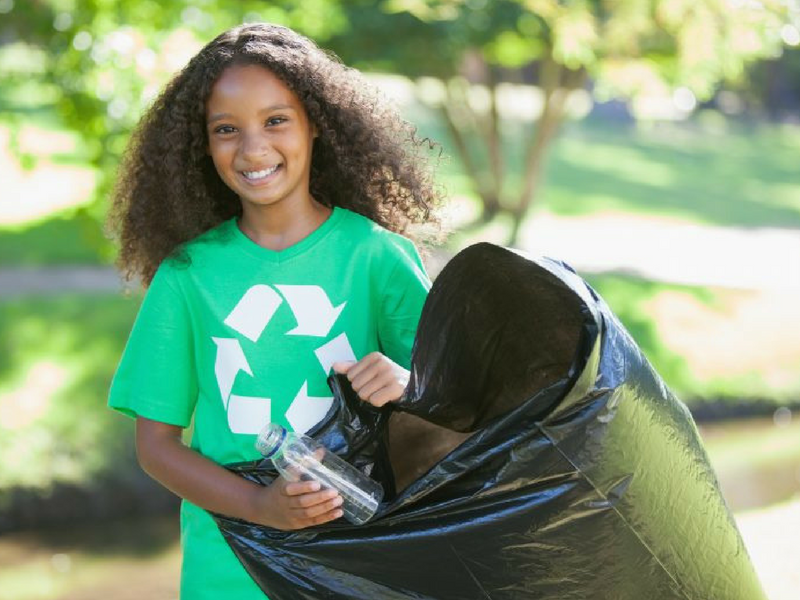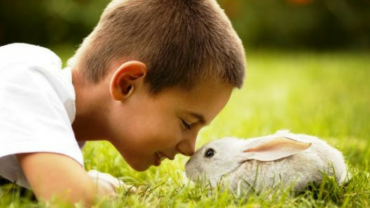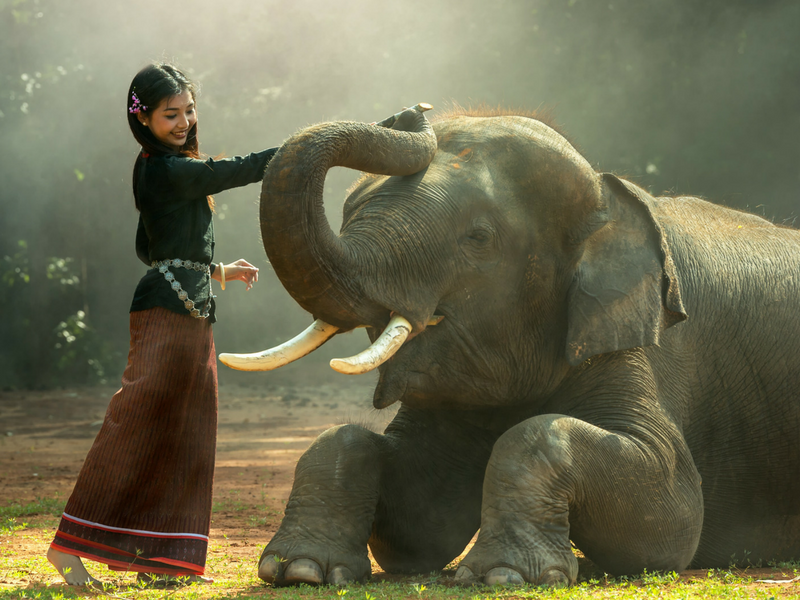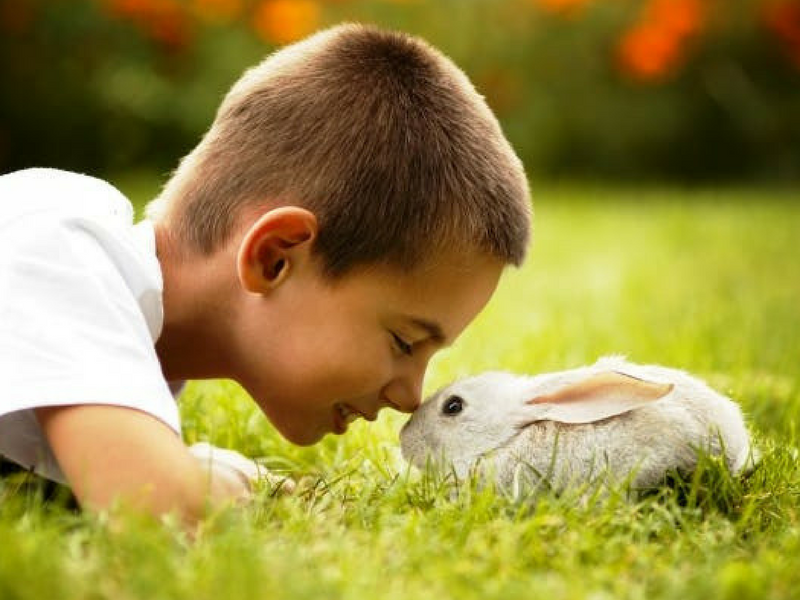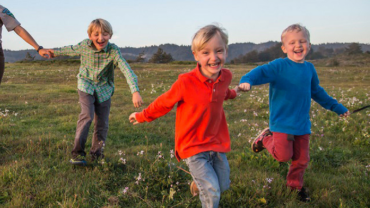Today’s kids are tomorrow’s future. What parents teach to their children today is the key to the future of our society in the next few decades.
For parents who are concerned about sustainability and our planet Earth, water conservation for kids is certainly one of the most important lessons to teach to our kids.
It is important for us to realize that kids are never too young to start learning some simple water saving tips. With small efforts at home taken over time, the long term accumulated impact of our kids’ water conservation can be staggering.
If you are unsure of how you should start to teach water conservation for kids, check out the following article for 20 simple ways of doing so!
Via The Water Page.com: Water Conservation for Kids
Did you know that kids can make a very important difference towards water conservation? But first off, why do we even need to know about conserving water? Water is a natural resource that we derive from the Earth. Without it, we would not be able to live! Imagine a world with no water at all. You wouldn’t be able to drink it, bathe, swim and so on. Without clean water, other creatures, such as plants, animals, birds and ocean life would also get sick and die after drinking polluted water. Although kids don’t work at large companies or the government, they can still make a huge impact simply by starting at home and changing the way their families, friends and classmates use water. To get an idea of how much water we could all save if we all made a small effort, think about this: If every person across the nation flushed their toilets one time less every day, together they could all save enough water to fill a lake as large as a mile wide and long and four feet in depth! Now that you know how easy it can be to help save water, try some of the ideas below and start doing your part to change our world.
20 Ways Kids Can Help to Save Water:
Whenever you wash your hands, don’t leave the water running. Wet your hands and turn the water off. Use soap and lather your hands well, then turn the water on to rinse. Turn off the water and make sure it is off completely. Then dry your hands.
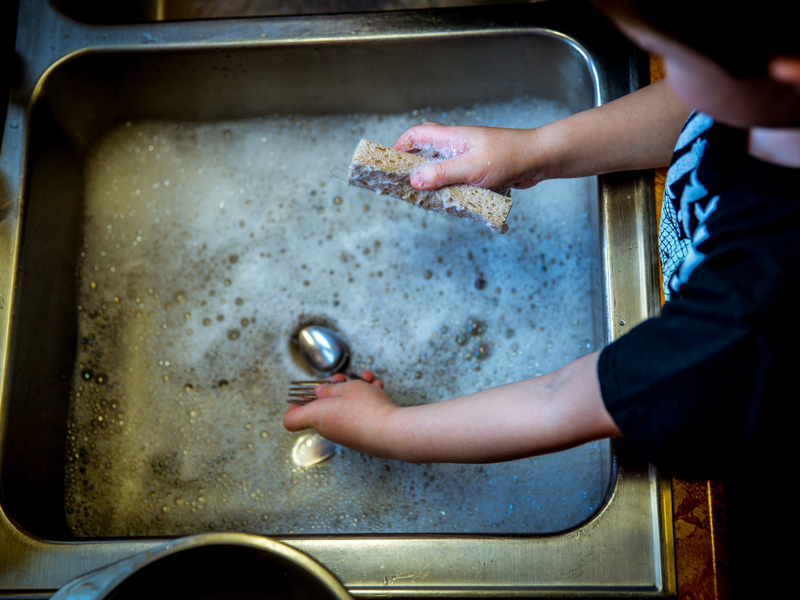
Do the same when you brush your teeth. Turn the faucet on to get your toothbrush and toothpaste wet, and then again to rinse your mouth and toothbrush. Don’t leave the water running while you’re brushing.
Tell your friends what you’re doing and why and encourage them to do the same.
Tell adults when faucets are dripping.
Since baths use a lot of water (about 37 gallons on average), take short showers instead and use only about 20 gallons of water, instead.
Use a wastebasket for used tissues, or things like gum wrappers, paper towels, or even dead bugs or goldfish. Don’t flush them – the average flush uses as much as 5 gallons of water! Even if the toilets in your house are “low-flow” toilets, using them for trash still uses 1.5 gallons of water unnecessarily.
A regular shower head uses as much as 7 gallons of water every minute. Let adults know they could get a free low-flow shower head at the local water district. Or, suggest that they look for a low flow shower head that has a cut-off valve that shuts off the water flow while lathering your hair or shaving legs. You can then turn the water back on, without it starting off cold again. This will help to conserve even more water while showering.
Do you have plants in your house? When meals are prepared and vegetables or other fresh produce are washed, collect that water and use it to water the plants.
In the tank part of the toilets in your house, put several drops of food coloring into the water. If you see the coloring seeping into the bowl, there’s a leak. Fixing it can save about 600 gallons of water each month!
Do you like a drink of cold water now and then? Rather than running the kitchen faucet for several minutes to get cold water, keep a pitcher of water in the refrigerator.
Put a barrel outdoors to catch rain water, then use that water for things like watering plants or flushing toilets and save hundreds of gallons of water a year!
In the summertime, it’s fun to play under the lawn sprinkler. When you do, make sure it’s when the lawn is being watered at the same time.
Do you have other summer water toys that require a running hose? These might be fun, but they also waste gallons and gallons of water.
Is there a garbage disposal in your kitchen sink? Then, you know the water has to run into it when you turn on the switch. Instead of doing that and wasting water, why not start composting food waste instead? Collect things like fruit skins and peels, vegetable leaves and stems, and even dead plants and flowers. In a ceramic container, keep them moist and toss them for air once a week. The compost can then be added to a garden like a vitamin for your outdoor plants!
Encourage the others in your home, and your friends, not to leave any faucet running. Only use what is truly needed!
If there is a dishwasher in your house, encourage everyone to scrape their plates rather than rinse them before loading them into the machine. It should always be full before turning it on.
Do you notice that your toilet handle “sticks” and has to be “jiggled” for the toilet to stop flushing? If this is happening, water is continuously running through the toilet and needs to be fixed. Let the adults in your home know.
Is there a leaky faucet or toilet in the bathroom at school? Be sure to let someone know so that it can be repaired.
If there is a pool or a hot tub at your house, encourage those who use it to cover it afterwards. This prevents evaporation and having to keep refilling.
If the adults in your home occasionally water the lawn, encourage them to water in the cooler parts of the day (early morning, or at or after sunset), and never on windy days. This keeps in the soil all the water being sprayed instead of most of the water being lost to evaporation.
Even if you do just one thing each day to contribute to your home’s water conservation, you’re doing the right thing!


